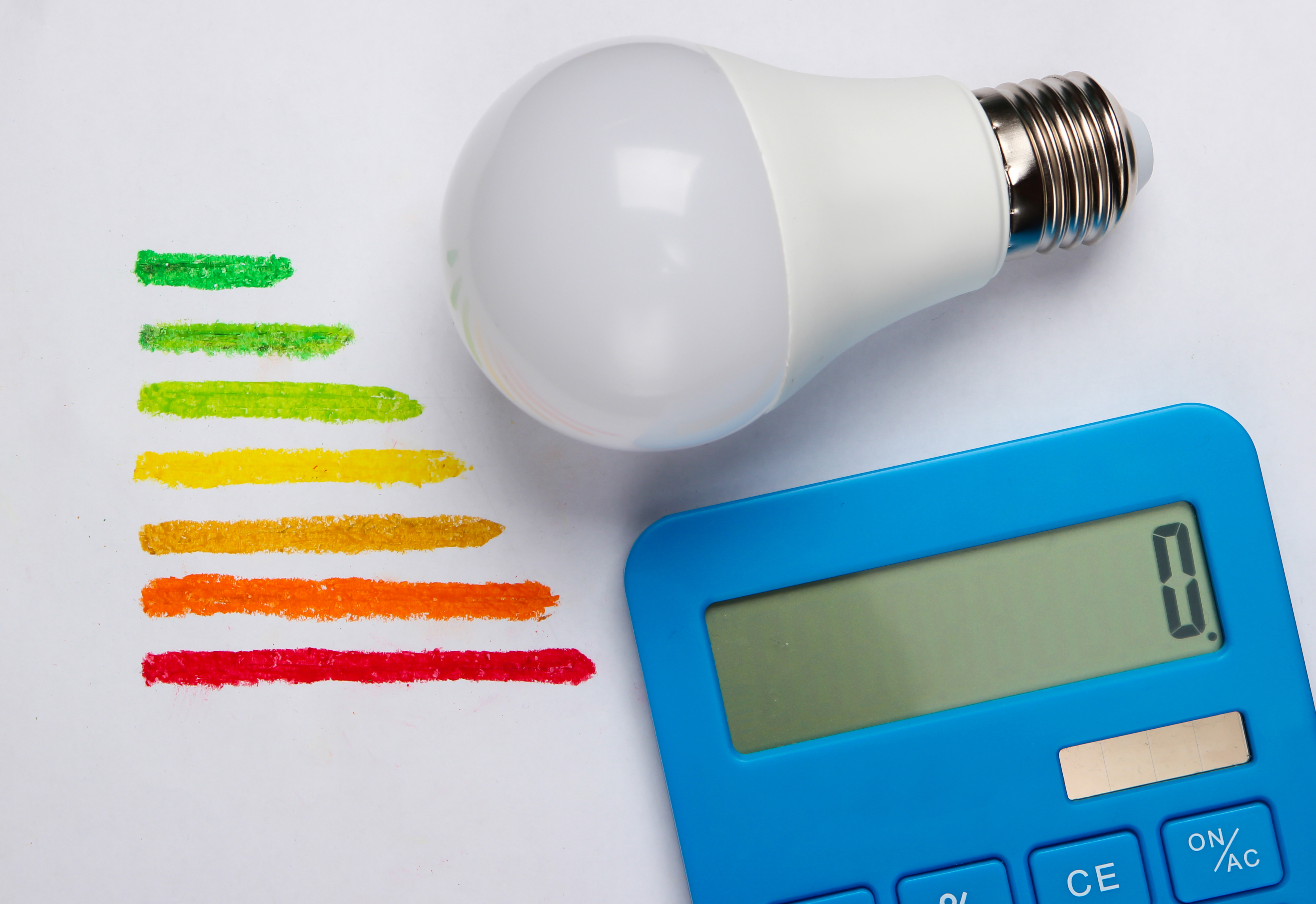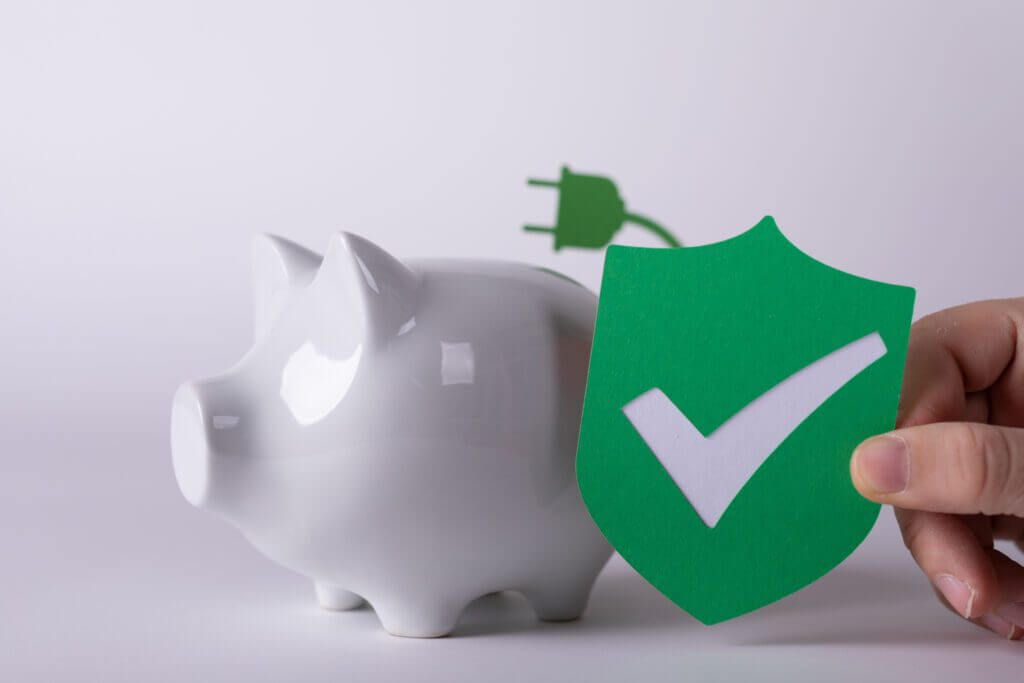Are Low-E windows worth it? If you’re contemplating this question, you’re not alone. With the growing emphasis on sustainability and energy efficiency, many homeowners are exploring the benefits of Low-E windows. These advanced windows promise not only to enhance your home’s comfort but also to significantly reduce your environmental footprint. In this in-depth blog, we’ll delve into how Low-E windows contribute to green living and help you determine if they’re a worthwhile investment for your home.
What Are Low-E Windows?
Low-E, or low emissivity, windows are designed with a special coating that reflects heat while allowing light to pass through. This invisible metallic layer on the glass surface minimizes the amount of infrared and ultraviolet light that comes through your windows, without compromising the amount of visible light that enters your home. The result? A cooler home in the summer and a warmer one in the winter, all while reducing energy consumption.
Energy Efficiency and Cost Savings

One of the primary reasons homeowners consider Low-E windows is their remarkable energy efficiency. By reflecting heat, these windows help maintain a consistent indoor temperature, reducing the need for heating and cooling. This translates to lower energy bills and substantial savings over time.
According to the U.S. Department of Energy, Low-E windows can save you up to 30% on your energy bills. Imagine the impact on your wallet when your heating and cooling systems don’t have to work as hard to maintain a comfortable indoor environment. Over the years, these savings can more than offset the initial investment in Low-E windows, making them a financially sound choice.
Reduction of Carbon Footprint
Reducing your carbon footprint is crucial in the fight against climate change, and Low-E windows play a significant role in this endeavor. By improving your home’s energy efficiency, these windows help reduce the overall demand for energy, much of which is still generated from fossil fuels. This reduction in energy consumption directly translates to fewer greenhouse gas emissions.
Consider this: if every household in the United States upgraded to Low-E windows, the reduction in carbon emissions would be equivalent to taking millions of cars off the road. (RPSC Energy) (Energy.gov) (ENERGY STAR) By choosing Low-E windows, you’re not just improving your home; you’re making a tangible contribution to a healthier planet.
Sustainable Living and Eco-Friendly Building Practices

Incorporating Low-E windows into your home is a step toward sustainable living. These windows align perfectly with other green building practices, such as using energy-efficient insulation, installing solar panels, and optimizing natural light. When combined, these elements create a home that’s not only environmentally friendly but also incredibly efficient and cost-effective.
Low-E windows are also a valuable asset when aiming for green certifications like LEED (Leadership in Energy and Environmental Design) or Energy Star. These certifications can increase your home’s value and appeal, showcasing your commitment to sustainability and energy efficiency.
UV Protection and Indoor Air Quality
Another significant benefit of Low-E windows is their ability to block harmful ultraviolet (UV) rays. Prolonged exposure to UV rays can cause fading and damage to your furniture, flooring, and artwork. By installing Low-E windows, you can protect your home’s interior and extend the life of your belongings.
Moreover, maintaining a stable indoor temperature contributes to better indoor air quality. Traditional windows can create drafts and temperature fluctuations, which may lead to increased dust and allergens in the air. Low-E windows help keep the air cleaner and more consistent, promoting a healthier living environment for you and your family.
Comparison with Standard Windows

When comparing Low-E windows to standard windows, the advantages become clear. Standard windows allow more heat to pass through, leading to higher energy consumption and less comfortable indoor temperatures. While the initial cost of Low-E windows is higher, the long-term savings on energy bills and the environmental benefits far outweigh the upfront investment.
In addition to energy savings, Low-E windows are more durable and require less maintenance than standard windows. The special coating on Low-E glass is designed to last, providing continuous benefits without the need for frequent replacements or repairs.
Potential Drawbacks and Considerations
While Low-E windows offer numerous benefits, it’s important to consider some potential drawbacks. The initial cost is higher than that of standard windows, which can be a barrier for some homeowners. However, the energy savings and reduced carbon footprint make this investment worthwhile in the long run.
Professional installation is often recommended to ensure that you maximize the benefits of Low-E windows. Improper installation can lead to air leaks and reduced efficiency, negating the advantages of the advanced glass technology. Additionally, some homeowners might notice a slight reduction in natural light transmission, but this is usually minimal and can be mitigated by choosing the right type of Low-E coating for your specific needs.
Are Low-E Windows Worth It?
So, are Low-E windows worth it? Absolutely. From significant energy savings and reduced carbon footprint to enhanced home comfort and protection against UV rays, Low-E windows offer a multitude of benefits that make them a smart choice for any homeowner committed to green living. While the initial investment is higher, the long-term gains in energy efficiency, cost savings, and environmental impact make Low-E windows a worthwhile addition to your home.
If you’re ready to make your home more sustainable and enjoy the numerous benefits of Low-E windows, now is the perfect time to take the plunge. Not only will you be investing in your home’s future, but you’ll also be playing a part in creating a greener, healthier planet for generations to come.
Interested in learning more about how Low-E windows can transform your home? Contact us today for a free consultation or quote. Explore our range of eco-friendly window solutions and take the first step towards a more sustainable living environment. Visit our website or follow us on social media for more tips and insights on energy efficiency and green living.
